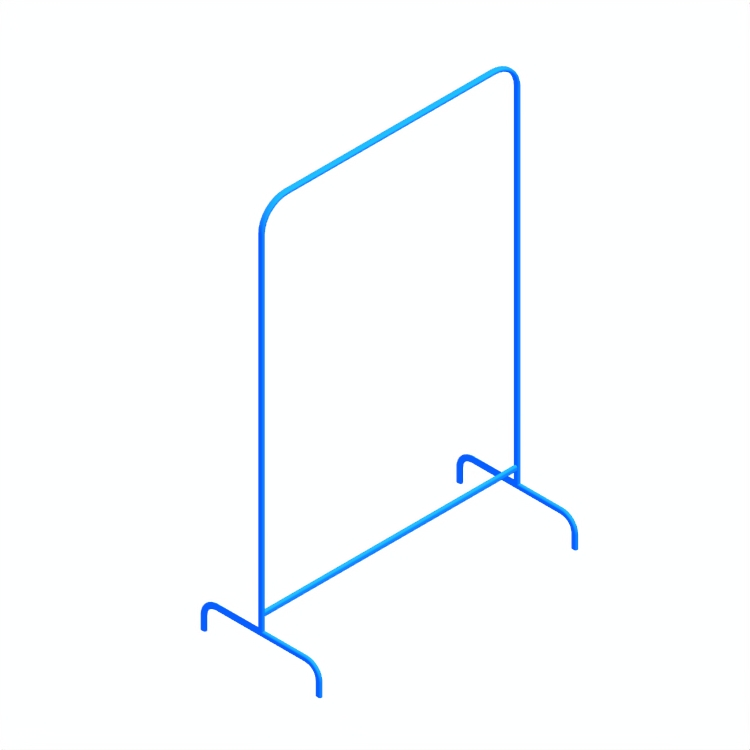Clothing racks are versatile storage solutions primarily used for hanging garments. They come in various forms, sizes, and materials, such as metal, wood, or plastic, fitting different functional and aesthetic needs. These racks are commonly used in bedrooms, laundry rooms, or as a part of a home's entryway. They serve as an accessible way to organize and display clothes, from everyday wear to special occasion outfits.
Some racks feature additional components like shelves or drawers for extra storage. Their portability makes them a popular choice in small spaces or for those seeking a minimalist approach to wardrobe management. Clothing racks are also essential in retail settings for displaying merchandise.
Clothing racks have their roots in simple forms used for garment storage and display. Initially, they were rudimentary structures, often just poles or lines in households and marketplaces for hanging clothes. As fashion and retail evolved, so did the design and functionality of clothing racks. In the retail world, they became more sophisticated, designed to showcase clothing attractively and efficiently.
In homes, they transformed from mere utility items into elements of decor, blending functionality with style. The evolution of clothing racks reflects changing lifestyles and the growing importance of fashion in everyday life, transitioning from basic storage solutions to essential components of home and retail environments.
The evolution of clothing racks is likely to blend functionality with modern technology and sustainability. We might see racks made from eco-friendly materials, aligning with the growing environmental awareness. Technological advancements could introduce smart features, like integrated screens displaying outfit suggestions, or sensors tracking garment usage for better wardrobe management.
Current trends already show minimalist, space-saving designs, catering to the rise of smaller living spaces. Multi-functional racks combining storage with other features, such as mirrors or seating, are becoming more popular. These innovations aim to make clothing racks not just a means of storage, but a smart, integral part of the modern, efficient, and conscious home.
Clothing racks can serve as decorative elements, adding a stylish touch to a room. Opt for a rack with an aesthetic design, like a sleek metal frame or a vintage wooden look, to complement your room's decor. Arrange your most visually appealing clothes and accessories on the rack, turning it into a fashion display that enhances the room's overall ambiance.
To organize clothes efficiently on a rack, categorize them by type — hang dresses, trousers, and shirts separately. Use slim, non-slip hangers for space optimization and to maintain garment shape. Place frequently worn items at eye level for easy access. Utilize the bottom space of the rack for shoes or storage boxes. Seasonally rotate clothes, keeping current-season items readily accessible.
To select the right size clothing rack, first measure the space where you plan to place it, considering both width and height. For small areas, choose a compact, single-rail rack. If you have more space and a larger wardrobe, consider a wider rack or a double-tiered design for extra hanging space. Ensure there's enough room around the rack for easy access and airflow.




